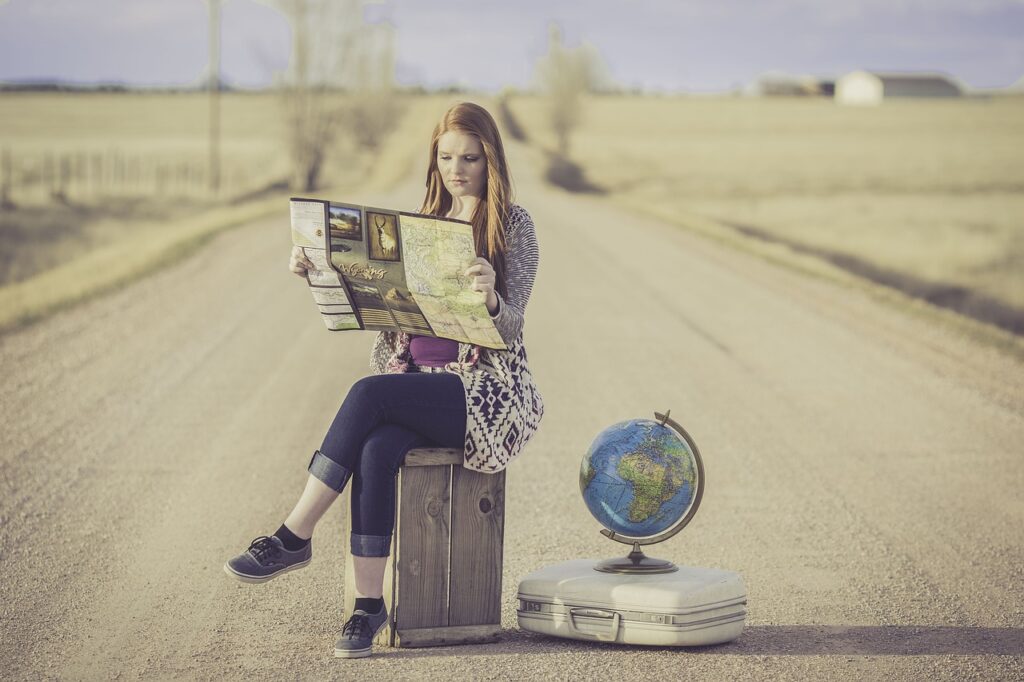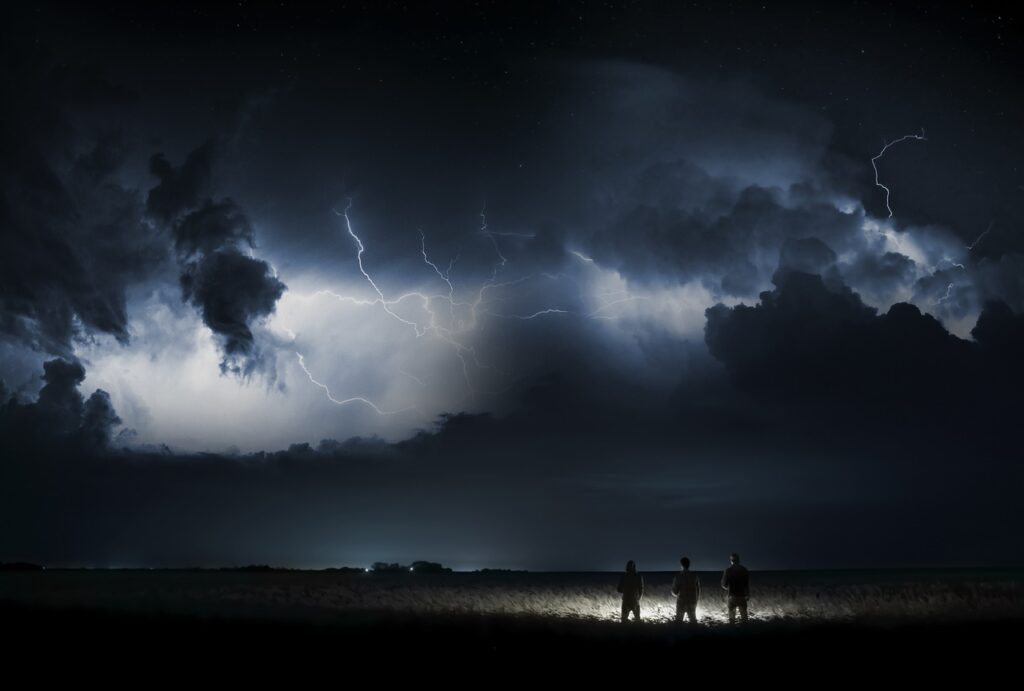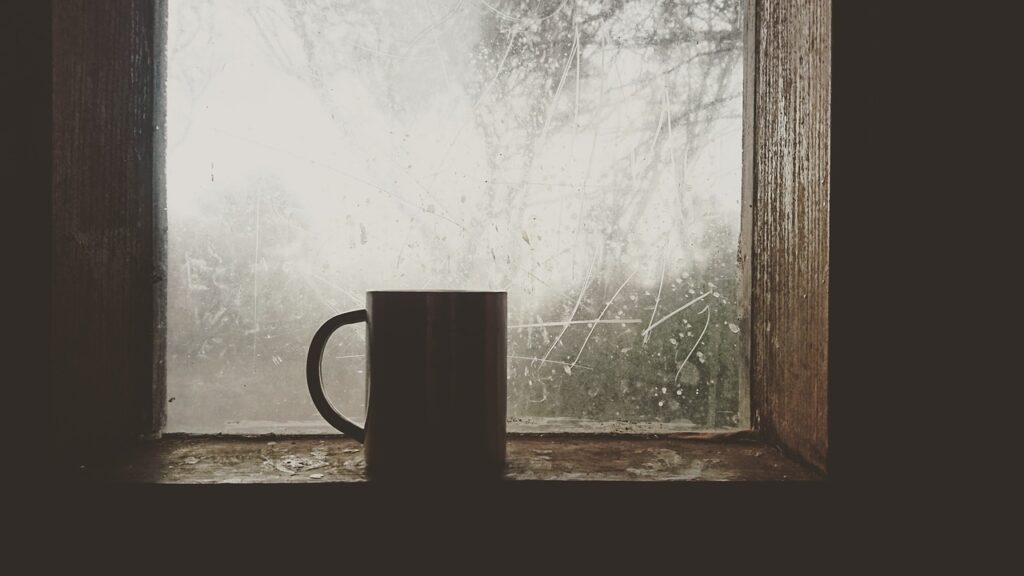When I sent Keepers into the world in 2021, I crossed my fingers and hoped people would love it. I hoped my characters came across as real people with real life issues. I prayed I had the dialogue just right, that there was a good balance between narration and action, that the ending worked – and the beginning.
What I never thought about were the settings. Then reviews started coming in with sentences like: ‘The reader feels they are right there, in the thick of the scenery, weather, terrain, and life at the time this story is set. This book is highly worthy of five shiny gold stars.’
What this meant was that I appeared to have done well with the setting. People became immersed in the way I described the backdrop to the story. It was an active player in Raine’s story, helping to bring the characters to life. (One reviewer even commented that the weather itself was a character in the story.)
This post takes a look at setting
What it is
Why it’s important
Some hints on how to get it right.
What is setting?
According to the Encyclopaedia Britannica, in literature setting refers to: the location and time frame in which the action of a narrative takes place.

At its most basic level, that’s the geography – are we in a city, a real city, a fantasy world, somewhere in-between – and what era are we in, if we’re in the real world?
There’s more to it than this, however. The location is also the immediate environment in which each scene takes place – the furnishings, the lighting, is it hot or cold, noise, scents … the weather.
In summary, setting is the context in which the novel overall and each scene takes place.
Why is setting important?
A frame for your reader
Your reader wants to know, within a reasonable number of pages, where they are in time and place. They need to anchor the story’s location in their minds because they need to have somewhere ‘to be’.
Also, understanding this will subconsciously form a context – for example in terms of social mores – in which to interpret what’s going on. The importance of this came home to me after a beta reader said they assumed River Witch was set in the 16th century. When I looked at the opening chapters, I could understand their assumption. But if so, it would need to be a very different story, as late 19th century values were key to the plot and underpinned certain characters’ motivations. Elements did exist which pointed to the time period, but I ‘subtly’ added a portrait of Queen Victoria to the family’s parlour and hey presto, we’re 200 years later. Phew.
Sets the mood

There’s a reason why ‘It was a dark and stormy night’ became a cliché – because it sets the perfect mood. The reader knows immediately something scary is about to follow. Probably best without the clichés, but that’s what we should be doing in each scene of our story.
While the weather is a handy device, there are more subtle ways to add richness to the atmosphere.
For example, the immediate environment should be set to reinforce what’s happening. Is a room richly furnished or shabby, lit by candles or bright electric lights? Does it smell musty or of freshly cut lavender?
In the last book in Guardians of the Forest, three of the main characters return home hoping to be in time to save the villagers from their fate. As they approach the first village, they are horrified by the neglect – overgrown gardens, filthy windows, shutters hanging at angles. The reader knows why this is the case, but the returning characters don’t. They assume all is lost, they are too late. It’s a low moment enhanced by the desolation. If the village had simply been empty, the scene would have been less effective.
Enrich the characters
We can use settings to reflect the mood of our characters, reinforcing their emotions, their conflicts and joys. In River Witch, Hester discovers the cottage where she has learned so much, where the results of her lessons are normally displayed on filled shelves, and where evidence of ongoing work is seen on cluttered tables, is empty. From a busy, happy place to a shell, reflecting her own feeling of emptiness, having what gave her life meaning taken from her.
I used the visit to the fun fair in Keepers, with its various rides and offerings, as a not-so-subtle backdrop to Raine’s conflicted emotions about Alf and Teddy; and then you have the rollercoaster ride at the end of the scene which shows us pretty clearly where this is going . (You can read the scene here.)
Enhances the plot
Use your setting to give added depth to your plot. In Keepers, I could have sent Raine and Teddy to a cheap flat where baby Stevie was subject to flea bites, the rain leaked through the roof and the place was oven-hot in summer. Dramatic enough, and under such circumstances what happened might not have been surprising. As it was, Raine was happy with her simple home and assumed Teddy was too. Then, he’s gone … and she’s shocked, as well as furious. It puts a different spin on the tale and one which isn’t expected.
Some hints on how to get it right
If your setting is in the real world, DO become familiar with it. Physically if possible, otherwise Google earth, tourism sites, old photos (if doing historical fiction), books and weather charts are a good if not perfect substitute. Try not to make obvious mistakes which might alienate readers familiar with your location.
I was driven mad recently by a book which purports to be set in the Forest of Dean, which the author has apparently never visited or even looked at on a map. It wasn’t important to the plot which forest the tale was told in, so why misrepresent mine :)? Sigh, move on.

DO think of the atmosphere you want to create to both deepen the plot and enrich your characters. Apply small details to various aspects of your setting, from the branches brushing against the wet window to how hot the coffee is.
DO make use of all the senses when depicting setting. Smells are a particularly evocative way to make the reader feel they are really there.
Finally, importantly, DO be subtle. Don’t drown your reader in paragraphs of rich narrative descriptions, however beautifully written. Show them your setting through conversation, actions, the characters’ responses to their environment. (Go here for more on ‘show vs tell’.)
And another finally. DO have fun with it!
Let me know how you go about using settings effectively in your books. Lessons learned, what really worked, great feedback from readers. I would love to hear.
Find more writing tips here. Search for topics using the search bar at the bottom of the page.
Since writing this, I was emailed this post by Amanda Saint of Retreat West, which is very pertinent. Have a look.